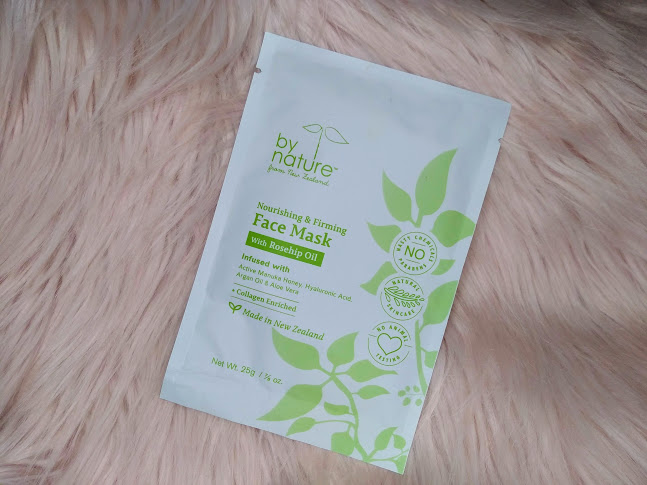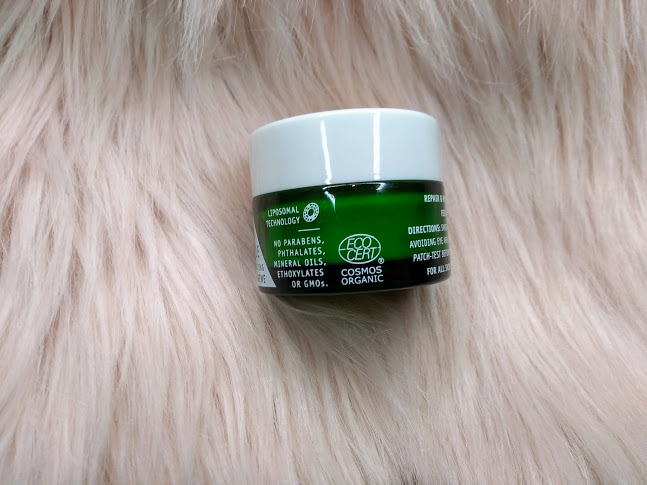
Even for those that know a lot about their skincare needs, trying to decipher what the various words, phrases, logos and icons on your skincare packaging means can be a bit tricky.
But learning to understand these labels will give you a great insight into what each product will do for your skin, and whether it is environmentally-friendly.
How to Read a Skincare Label?
Ingredients are Listed in Order of Concentration
Like most labels, the order in which the ingredients are listed will be from the highest to the lowest concentration. This can give a good idea of how beneficial a product will be for your skin.
For example, if you want a product for the Vitamin C it boosts, but vitamin C is listed towards the end of the ingredients list, then the product may not work as well for you as you thought.
This goes the other way too, as you want to check that the first few ingredients listed do not contain an ingredient you want to avoid. For example, if alcohol is listed as one of the first five or so ingredients then you won’t want to buy the product, as this can be drying for your skin.
Check out my guide to natural skincare ingredients to discover which ingredients are best for your skin.

PAO
PAO means Period After Opening. The PAO symbol looks like a little jar with the lid off, and a number and letter ‘M’ written inside. This symbol shows when the product will expire once opened. So if it says “12M”, it should be used within 12 months.
Common Skincare Label Terms

Natural
Something to be aware of is that not every ingredient in your skincare product has to be naturally-sourced for it to be deemed ‘natural’. A skincare product only needs to have a few natural ingredients within it to qualify as being labelled with ‘natural’.
To get a product that is made only from natural ingredients, you need to look for a product that says ‘100% natural’ on the label.
Hypoallergenic
Hypoallergenic products are less likely to cause allergic reactions, making them something you should seek out if you have sensitive skin.
However, you should always patch test products if your skin is prone to allergic reactions, as there aren’t regulations around the term ‘hypoallergenic’.
Non-Comedogenic
Non-comedogenic means that the ingredients don’t clog up your pores. This is what you need to look for if you have oily or acne-prone skin.
Fragrance
Parfum
Parfum means fragrance or perfume, and can refer to both synthetic and natural fragrances. Synthetic fragrances last longer than natural fragrances. Some people have sensitivities to parfum or fragrance, so it can be best to avoid if you have sensitive skin.
Natural Fragrances
If a product uses only naturally derived fragrances, then it should state this. Natural fragrances are typically essential oils, and the term essential oil or the names of essential oils (e.g. lavender oil) may be listed in the ingredients instead.
Fragrance-Free
Added fragrances are known to cause allergies and sensitivities, so if your skin does not react well to fragrance, then you need to look for fragrance-free products. Fragrance-free products cannot contain any fragrance at all.
Unscented
Unscented skincare products may catch out a lot of people with parfum sensitivities. Unscented does not mean that a product is fragrance free. Instead, they are likely to simply contain chemicals that mask the scents of the fragrant ingredients.
Because of this, unscented products are not suitable for those who are sensitive to fragrance. Instead, they are used by people with non-sensitive skin who do not want a scented product.
Avoid Sulfates and Parabens

Sulfate-Free
Sulfates are detergents that can be found in soaps and shampoos. While they do a really good job of cleaning dirt away from your skin and hair, they can do too good a job, and leave your skin and scalp dry and irritated.
It is best to look for a sulfate-free or low sulfate product, especially if you have sensitive skin.
Paraben-Free
In skincare and cosmetic products, parabens can be used as preservatives. They give your product a longer shelf life and kill off bacteria that tries to grow in it.
While parabens are officially deemed safe to be used in skincare products, there are some concerns that parabens affect hormone function, and have been linked to breast cancer and reproductive issues.
Environmentally-Friendly Labelling

Cruelty-Free
The cruelty-free logo looks like a leaping bunny or a bunny face. It will confirm that your product has not been tested on animals.
Vegan
If you want vegan beauty products, then you need to make sure it is labelled with a certified vegan logo. Just because a product is cruelty-free does not mean that the ingredients within are vegan.
A product must not contain animal products, animal by-products or be tested on animals to be considered vegan.
Organic
For a product to be truly organic, it needs to have a certification to legitimise it. There should be a logo or symbol on the packaging that certifies it as organic.
A skincare product can be considered organic if it contains 95% or more organic ingredients. Organic ingredients are free from chemicals, pesticides, dyes and fertilisers.
Ecocert
Ecocert is an organic certification organisation. If your product’s label shows this logo, it is organic, and has been inspected by one of the top organic organisations in the world.
I hope this guide has helped you understand your skincare a little more! Check out some of my other skincare guides for more information, including what order you should apply your skincare.


Just came across this helpful post, thanks! I have sensitive skin and recently bought an “unscented” deodorant thinking it wouldn’t irritate me. I was annoyed to realise it actually contains fragrance and about to contact the company to complain, but your post helped me realise that unscented is allowed to contain fragrance. How silly though- why put fragrance in and then put another chemical in to mask the fragrance?! At least I’ll know for the future!